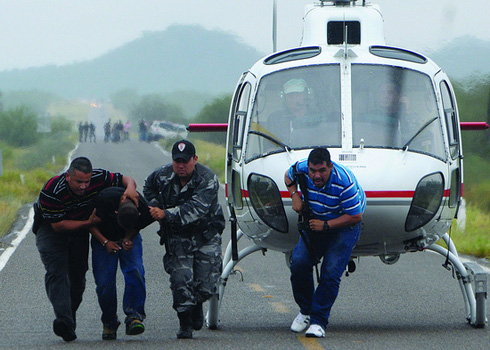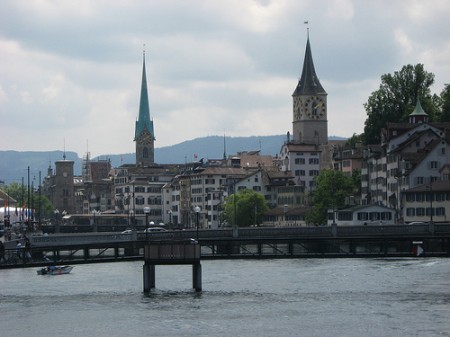
The daily bloodshed on the United States’ doorstep is the clearest sign that something is rotten in the neighborhood. Headless torsos swinging from lampposts in Ciudad Juárez in Mexico contrast all too sharply with the clean streets of El Paso just across the border, ranked one of the safest city’s in the United States. But Mexico is not alone in experiencing alarming rates of violence. Taken together, the Americas are home to 14 percent of the world’s population, but more than 31 percent of its homicides according to the United Nations Office on Drugs and Crime (UNODC).
A ruthless epidemic of violence is afflicting many states and cities in Central and South America and the Caribbean. The region’s homicide rate is more than double the global average. And in contrast to other parts of the world, whether North America, Western Europe, Africa, or Asia, the patient is getting sicker. Six of the top ten most violent countries in the world are in Latin America and the Caribbean, with most of the victims consisting of young men under 30-years of age. Violence against women is also intensifying. And for youth living in low-income settings, there is a 1 in 50 chance that they will be killed before they reach their 31st birthday.


